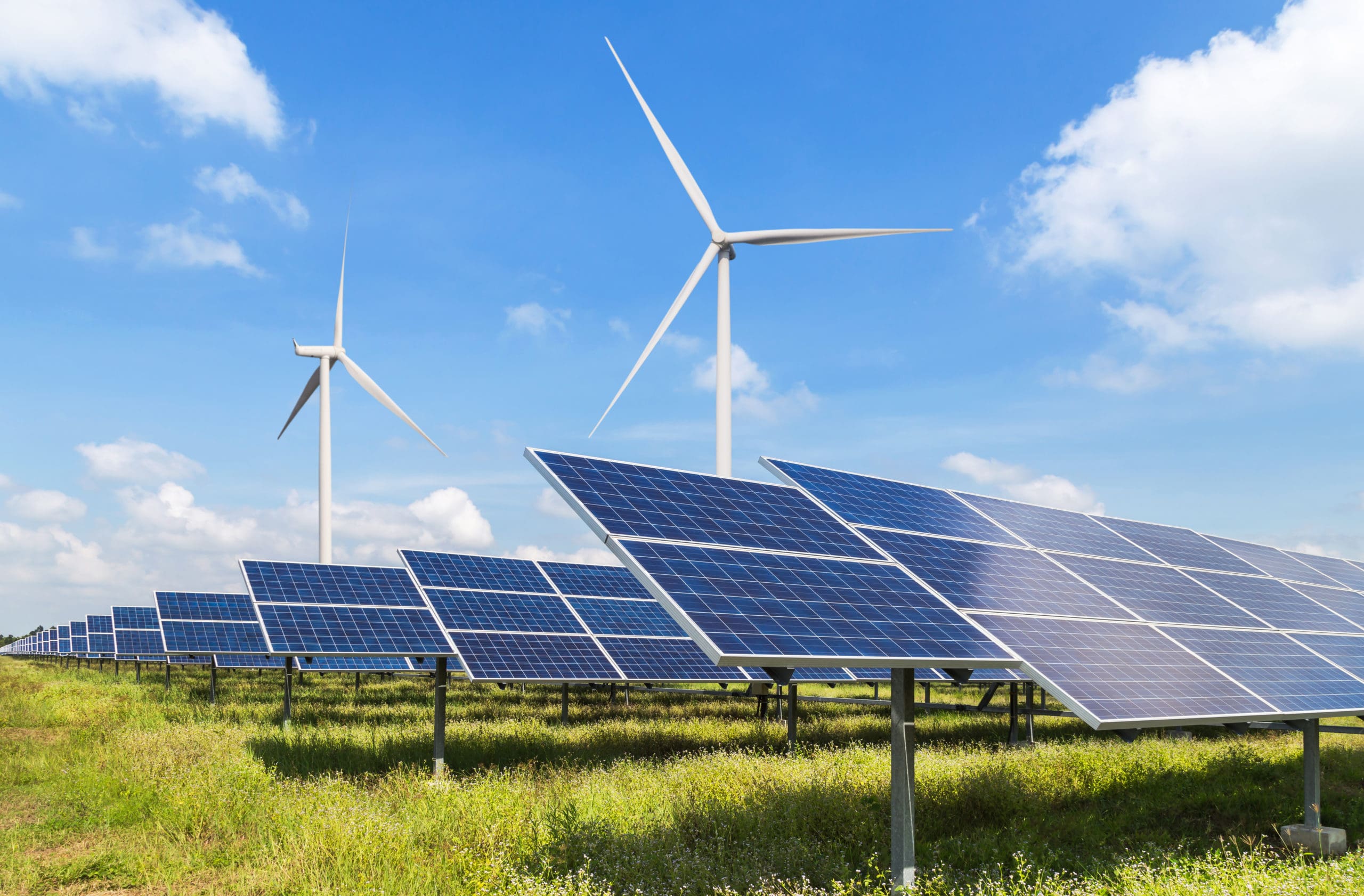As the demand for energy continues to rise, the need for sustainable and efficient power generation becomes increasingly critical. A power plant project involves the construction of a facility that generates electricity from various sources, such as renewable energy, natural gas, and nuclear energy. In this blog, we will explore the components of a power plant project and the benefits of sustainable power generation.
Components of a Power Plant Project
A power plant project involves several components, each of which plays a crucial role in generating electricity. Here are some of the key components of a power plant project:
- Fuel Source: A power plant project requires a fuel source to generate electricity. Depending on the type of power plant, the fuel source can be renewable energy (e.g., solar, wind), fossil fuels (e.g., coal, natural gas), or nuclear energy.
- Power Generation System: The power generation system is responsible for converting the fuel source into electricity. The system can involve turbines, generators, and other equipment.
- Transmission System: The transmission system is responsible for transmitting electricity from the power plant to the end-user. The system can involve high-voltage power lines, transformers, and other equipment.
- Control System: The control system is responsible for monitoring and controlling the power generation process, ensuring that the power plant operates efficiently and safely.
Benefits of Sustainable Power Generation
Sustainable power generation offers several benefits compared to traditional power generation methods. Here are some of the key benefits of sustainable power generation:
- Reduced Environmental Impact: Sustainable power generation methods produce fewer greenhouse gas emissions and pollutants, reducing the environmental impact of power generation.
- Energy Security: Sustainable power generation can reduce dependence on fossil fuels, increasing energy security and reducing the risk of price volatility.
- Cost Savings: Sustainable power generation can offer cost savings over the long-term, as renewable energy sources have lower operating costs than traditional fossil fuel sources.
- Job Creation: Sustainable power generation can create jobs in the energy sector, boosting local economies and providing new opportunities for workers.
Conclusion
A power plant project is a complex undertaking that involves several components working together to generate electricity. The benefits of sustainable power generation, such as reduced environmental impact, energy security, cost savings, and job creation, make it an attractive option for meeting the world’s growing energy needs. By investing in sustainable power generation, we can build a better future for ourselves and for generations to come.

